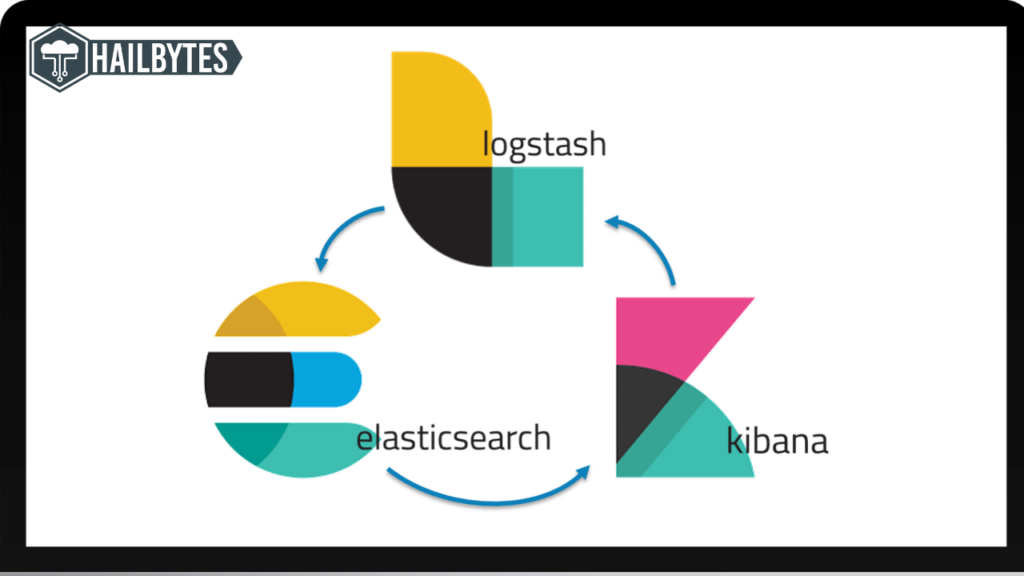What Is The ELK Stack?

Intro:
The ELK stack is a collection of open-source software tools that are commonly used together for managing and analyzing large volumes of data. The three main components of the ELK stack are Elasticsearch, Logstash, and Kibana. Each tool has its own unique functions, but they all work together to provide powerful data analysis capabilities.
Key features:
The key features of the ELK stack include its scalability, flexibility, real-time analysis capabilities, and ease of use. With Elasticsearch at the core of the stack, users can easily scale their data clusters up or down as needed to accommodate growing amounts of data. And by using Logstash for ingesting and filtering log events from different sources and Kibana for visualizing and querying data, users have a wide range of flexibility in how they analyze their data. Additionally, the ELK stack offers real-time analysis capabilities that allow users to quickly uncover insights and trends as their data is being generated. Finally, the ELK stack is designed to be easy to use, with minimal setup and configuration required.
Uses:
The ELK stack can be used by organizations of all sizes for managing and analyzing large volumes of data. It is commonly used in industries such as e-commerce, web analytics, finance, healthcare, manufacturing, and many others. The ELK stack can help businesses gain valuable insights into customer behavior, optimize operations processes, improve product quality and performance, and much more.
Overall, the ELK stack is a powerful tool for managing and analyzing large amounts of data, and it can be used by organizations of all types to achieve their business goals. Whether you are looking to gain a competitive advantage, improve customer satisfaction, or make other key improvements, the ELK stack can help you get there.
Performance:
The ELK stack is known for its excellent performance, both in terms of processing power and speed. It can quickly analyze large volumes of data and support high levels of concurrent activity. Additionally, the flexible and scalable architecture of the ELK stack ensures that it will continue to meet your needs as your business grows and evolves over time. Overall, if you are looking for a powerful tool for managing and analyzing your data, the ELK stack is an excellent choice.
Elasticsearch vs. Mantacore:
At a high level, Elasticsearch and Mantacore are both powerful tools for managing and analyzing large volumes of data. They both offer real-time analysis capabilities, scalability, flexibility, and ease of use. However, there are some key differences between the two tools.
For example, while Elasticsearch is typically used as the core component of the ELK stack in conjunction with Logstash and Kibana, Mantacore is designed to be used as a standalone tool with its own built-in features for ingesting and querying data. Additionally, Elasticsearch provides more advanced analytical features than Mantacore, such as geospatial search capabilities and machine learning algorithms.
Overall, if you need a comprehensive data management and analysis solution, then Elasticsearch is the better choice. However, if you are looking for a simpler tool that can be used to easily query data without any prior programming knowledge, then Mantacore might be the better option for you. Ultimately, the choice between these two tools will depend on your specific needs and requirements.







